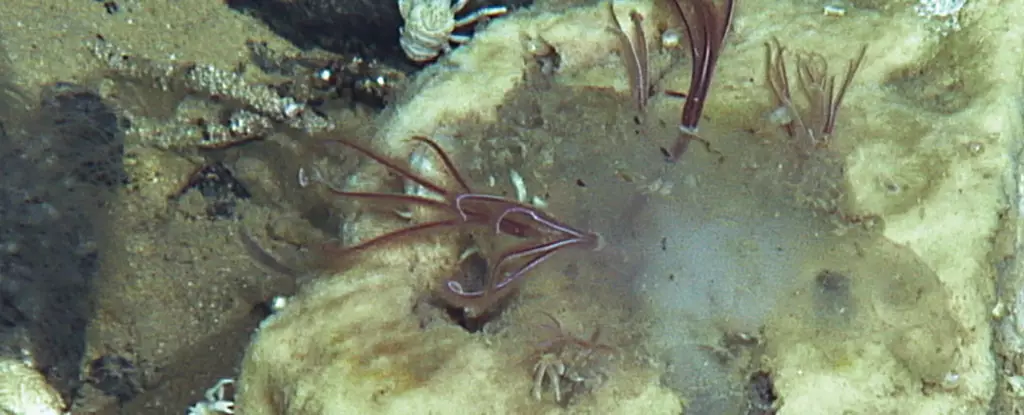The discovery that certain worms have been consuming bones for over 100 million years fundamentally challenges our understanding of marine life’s evolutionary stability. While most species evolve and adapt rapidly—sometimes over just a few thousand years—the recent findings suggest that some worms have retained their niche specialization with alarming consistency. This remarkable endurance raises uncomfortable questions about the rigidity of natural behaviors and the resilience of certain survival strategies that seem almost frozen in time. Such stability could imply that these organisms have hit an evolutionary sweet spot, enabling them to exploit a scarce but reliable resource: the remains of ancient marine giants.
This ancient lineage defies the typical narrative we hold about evolution as an ongoing process of change and diversification. Instead, it hints at a brutal efficiency—these worms have refined their bone-eating strategies so thoroughly that they’ve survived multiple mass extinction events and geological upheavals without needing significant adaptation. Their ability to persist across vast stretches of Earth’s history underscores a disturbing reality: certain evolutionary traits become deeply ingrained, resistant to the relentless march of change typical of other species. This stasis is both fascinating and unsettling, revealing just how formidable and unforgiving natural selection can be when it favors specialization over flexibility.
The Grim Chronicles of Marine Predators and Their Carcasses
The fossils that trace these worms’ ancient origins are intertwined with some of the most formidable marine reptiles of the Cretaceous period—mosasaurs, ichthyosaurs, and plesiosaurs. These creatures, once the apex predators of their time, left behind carcasses that served as the perfect feast for the bone-eaters. The notion that worms specialized enough to tunnel into giant bones have been feeding on the remains of such ancient predators offers a gruesome and humbling perspective on life’s cyclical nature. It reveals a brutal ecosystem where death is not the end but an opportunity for other organisms to thrive—some of which, like these worms, have been part of that cycle for unthinkable spans of time.
The idea that microscopic traces of ancient burrows are still detectable today demonstrates how nature’s most destructive and decomposing processes leave a lasting imprint. It casts the delicate facade of today’s marine environments in a new, darker light, reminding us that decay and destruction are integral to the ongoing web of life—even across hundreds of millions of years. These worms, in a sense, are the grim custodians of death’s legacy, subtly shaping the marine landscape long after the giants of the past have vanished.
The Stark Reality and Future Concerns
What is perhaps most unsettling about these discoveries is the implication that the ecological roles played by such bone-eating worms have persisted relatively unchanged for eons. Their longevity is a stark symbol of natural resilience but also a reminder of how certain destructive processes are deeply embedded within life’s fabric. Long-standing specialization might seem impressive, but it also highlights the potential rigidity of natural systems—a rigidity that could prove problematic if environmental conditions change rapidly due to human activity or climate shifts.
The research underscores the importance of cautious scientific curiosity. Scaling these ancient worms’ strategies to today’s modern ecosystem could mean understanding—and perhaps ultimately managing—the impact of such specialized organisms. While they might seem like a minor detail in oceanic life, their role in skeleton decomposition affects nutrient cycling and the health of marine ecosystems. It also raises uncomfortable questions about how human actions—like deep-sea mining or pollution—might inadvertently disturb or foster the proliferation of such hard-to-eradicate, specialized organisms.
In examining these ancient worms, we come face-to-face with the disturbing durability of some natural strategies. Their persistence across millions of years not only exposes the resilience of life in harsh conditions but also hints at the potential for certain ecological niches to resist change. In a broader sense, this study compels us to reflect on the limits of our understanding and the often ruthless continuity of natural processes that outlast civilizations and epochs alike.


Leave a Reply